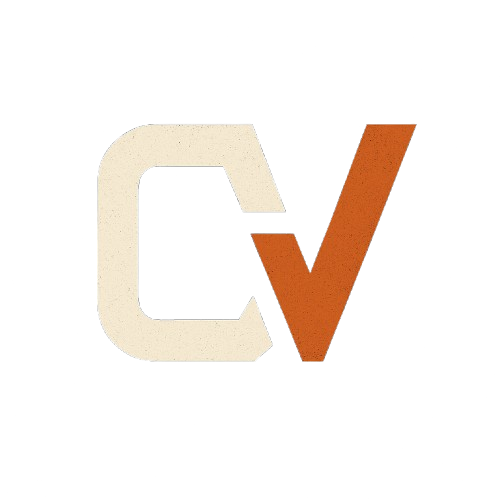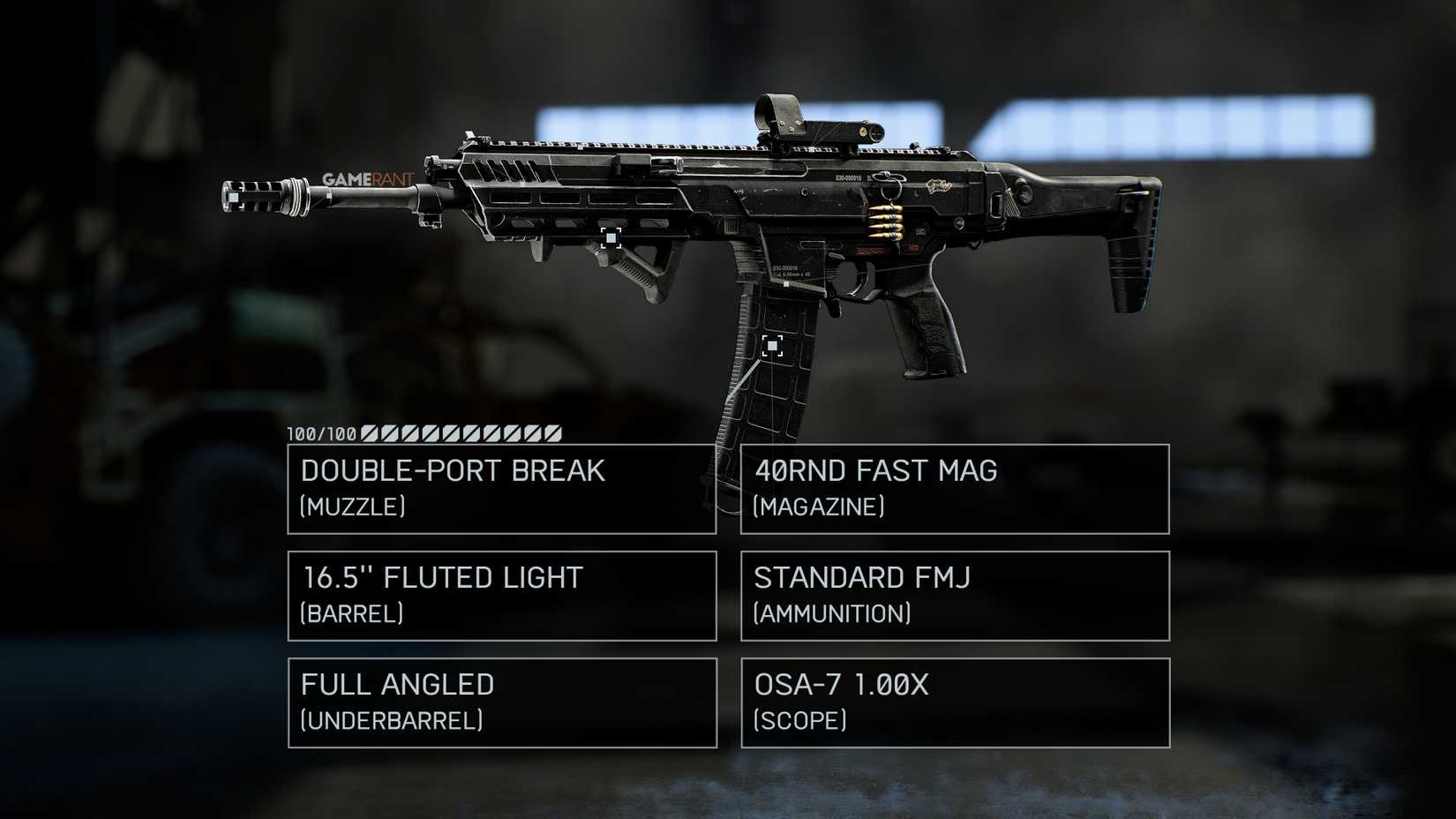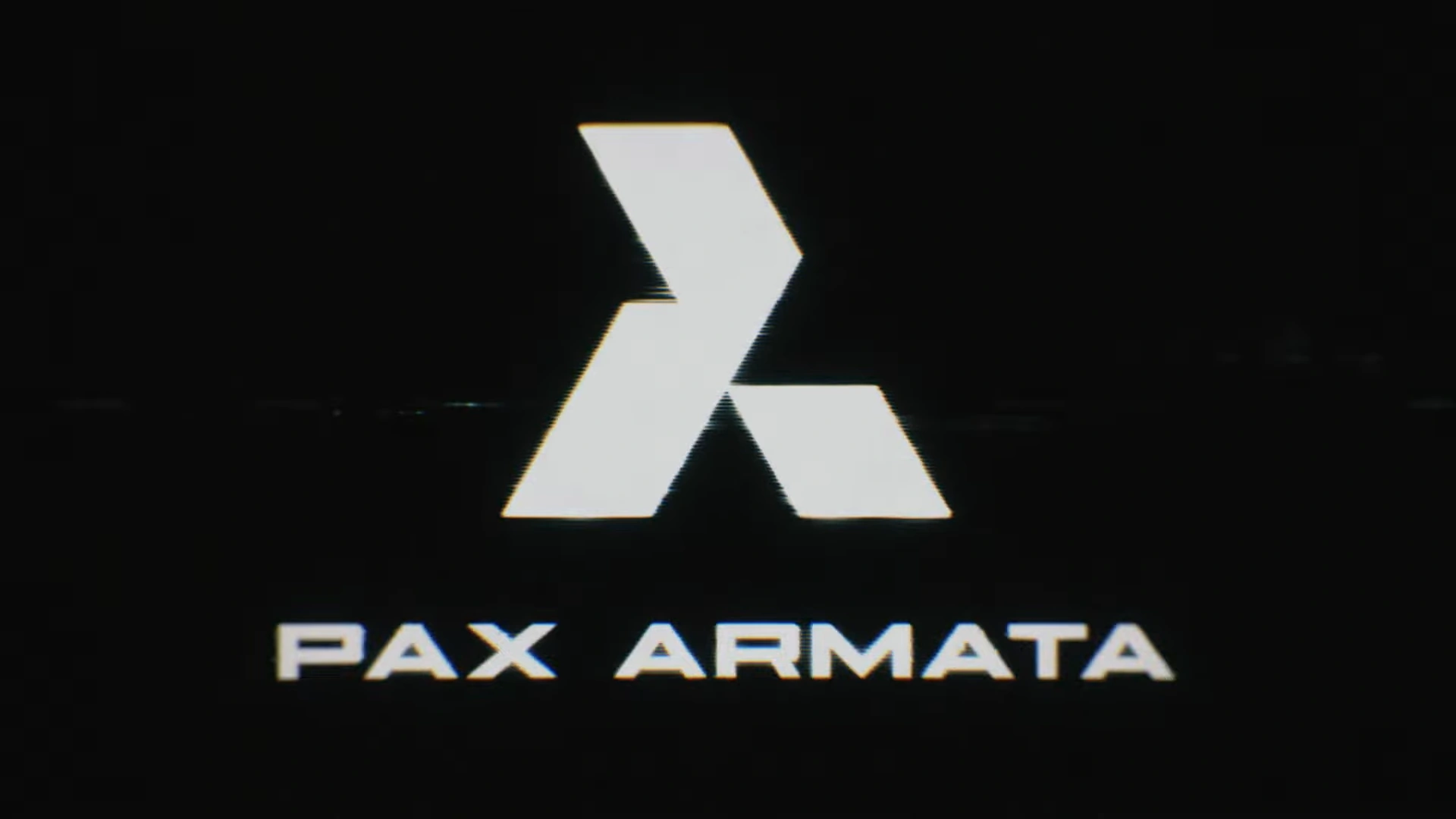Building a Battlefield map is about creating possibilities. It's not just about placing objectives; it's about crafting a sprawling sandbox where those "Only in Battlefield" moments can happen organically. Our design philosophy is built on three pillars:
1. MACRO & MICRO FLOW
Macro flow is the high-level pathing between major capture points. We design these paths to encourage large-scale troop and vehicle movements, creating distinct frontlines. Micro flow, on the other hand, is about the moment-to-moment combat within a single objective. It's the network of trenches, buildings, and cover that allows for flanking, ambushes, and intense infantry firefights. A great map balances both, offering clear large-scale objectives and intricate small-scale tactical options.2. STRATEGIC DIVERSITY
We want every playstyle to feel viable. A map needs open sightlines for snipers, tight corridors for shotguns, and multi-level buildings for vertical combat. We strategically place terrain and structures to create zones that favor different approaches. A tank might dominate an open field, but it becomes vulnerable in a dense urban environment. This diversity forces teams to adapt their strategy and composition based on which part of the map they're fighting for.
3. DYNAMIC SANDBOX
A Battlefield map shouldn't be static. We introduce elements like destructible environments and dynamic weather to ensure no two matches play out exactly the same. Bringing down a skyscraper to alter a capture point isn't just a gimmick; it's a fundamental strategic choice that can reshape the entire flow of the battle. These dynamic elements give players agency to change the battlefield itself.





